Custom web development
Custom web development for companies that want to have a personalized and unique website.









Custom web pages in Barcelona
We are experts in custom web development from scratch.
We use custom code to develop unique functionalities that meet your company’s needs and that you won’t find in CMS like WordPress or Wix.
In addition, we focus on strategic aspects such as loading speed or SEO positioning to enhance your online presence.
Why create your website with our custom development service?
We develop complex functionalities
Forget the limitations of off-the-shelf solutions. We focus on thoroughly understanding your goals and requirements to create a website that fits exactly what you need. From custom booking systems to complex online stores, to designs created specifically for your company, we can do it all.
Top positions in Google
Your website will be optimized to offer the best possible experience to your users, regardless of the device they use.we use the latest tools and technologies in web development, including Laravel for more complex projects and Drupal or WordPress for flexible and scalable solutions.
We improve the security of your website
Custom web programming allows us to implement the most robust security measures to protect your data.
How can we help you?
We are a web development, SEO and digital marketing agency.
We do not limit ourselves to the development of custom websites. We are also an advertising agency that offers Google Ads, SEM, email marketing… So we can help you to boost your online presence beyond your website.
What are the advantages of custom web development?

Exclusivity and customization
Your website will be completely unique and exclusive, designed to capture the essence of your brand, identity and values. Every aspect of the design and development will be done with a customized approach, ensuring that your website not only stands out visually, but also effectively communicates the key messages of your business.
Optimal functionality
We will ensure that the site not only looks attractive, but is also highly functional and easy to use. This can include custom features such as content management systems (CMS), integration with payment platforms, advanced analytics tools, and any other essential functionality your business requires.
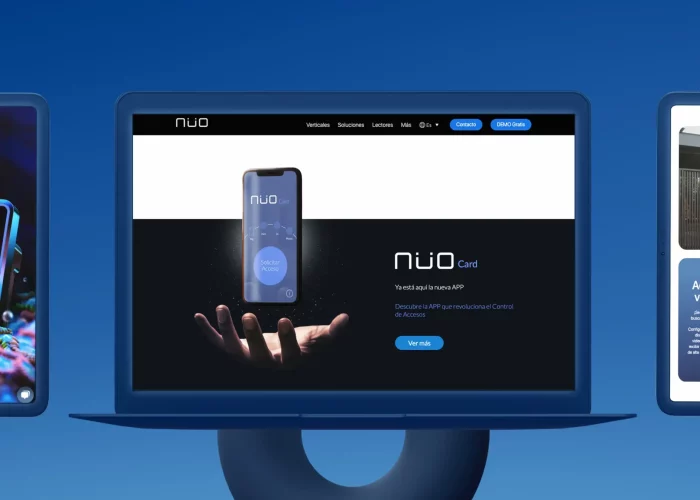
What is custom web design?
Custom web design is a personalized solution that adapts perfectly to the needs of your business. It allows you to create pages with unique features, such as design (logo, color palette, fonts, sections, menus, frames, transitions), functionalities and user experience (how the customer navigates your website), as well as loading speed and other aspects that influence SEO positioning. For this, our web developers use programming languages and code, creating complex, professional and secure pages.
Your project is our project
When we start working with you, your project will become ours; we will work for you to achieve the success you are looking for as if we were doing it for ourselves.
We are a web and advertising agency
We will not only focus on creating your website, we also offer seo positioning services so that your website appears first in the main search engines, such as Google, as well as Google Ads, email marketing, etc.

Frequently asked questions about custom web development
What is custom web development?
Custom web development is the process of creating websites tailored specifically to the needs of a company or business. It involves programming, designing and optimizing the site to provide a personalized and effective experience.
What is the difference between front-end and back-end web development in a custom web development project?
Front-end web development focuses on the visible part and interaction of the site, while back-end web development focuses on the functionality and hidden management of the site. Both are fundamental in custom web development to ensure a complete and functional site.
What languages and tools are used in custom web development?
Custom web development uses a variety of languages and tools depending on the complexity of the project. These include HTML, CSS, JavaScript, PHP, MySQL, WordPress, Bootstrap, jQuery and Angular, among others, to create customized and efficient websites.
What types of web projects can be developed with a focus on custom web development?
Custom web development allows us to create a wide variety of projects adapted to the client’s needs, such as corporate sites, online stores, web applications, blogs and portfolios, among others, offering unique and effective solutions for each case.
What are the main steps to develop a customized website?
Custom web development follows a series of steps that include defining objectives, researching the market, designing the architecture, programming the site, integrating content and functionality, ensuring a customized and efficient process from inception to implementation.
What factors influence the cost of a custom web development project?
The cost of a custom web development project depends on several factors such as complexity, scope, required functionalities and development time, thus ensuring an adequate investment to obtain an adapted and efficient website.
ordeón
How do you measure and optimize the performance of a custom-developed website?
The performance of a custom-developed website is measured using metrics such as load time, speed and bounce rate, and optimized using techniques such as file reduction, use of caching systems and regular testing to ensure optimal performance.
Why are web accessibility and usability important in custom web development?
Web accessibility and usability are fundamental in custom web development to guarantee a positive experience for all users, thus complying with international standards and favoring the positioning and visibility of the site in search engines.
How is security and privacy ensured in a custom-developed website?
Security and privacy in a custom developed website are ensured by implementing encryption protocols, SSL certificates, authentication and authorization systems, protection against cyber attacks and compliance with data protection regulations, thus guaranteeing the confidentiality and integrity of the information.
Can I update and maintain my website after launch?
Yes, we offer maintenance options and post-release upgrades. We also provide training so you can perform certain upgrades yourself.
Can I integrate external systems (such as CRM, ERP, etc.) into my website?
Yes, we can integrate your website with various external systems to improve the functionality and efficiency of your business.
What happens if I want to add new features after the website is completed?
We can add additional functionality at any time. Depending on the complexity of the new features, a budget and estimated time for implementation will be provided.
